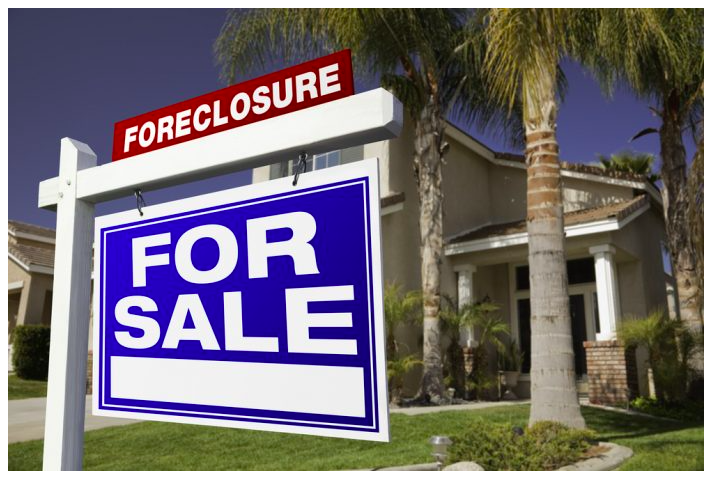Photo courtesy of Lamudi
Buying a foreclosed property is often seen as an easy process of getting the best value for your money. More and more Filipinos are getting drawn to this kind of investment because of their below market value selling price. While there is a big potential in foreclosure investing, it also takes great effort to be successful in it.
What are foreclosures?
“Foreclosure is the legal process by which a lender attempts to recover the amount owed on a defaulted loan by taking ownership of and selling the mortgaged property. Typically, default is triggered when a borrower misses a specific number of monthly payments, but it can also happen when the borrower fails to meet other terms in the mortgage document” (Chen, 2020).
Investing in foreclosed properties, although may appear easy, isn’t for amateurs. Similar to buying used cars at an auction, a person knowledgeable in all the makes and models of cars has the greater chance of detecting some issues or defects and creating more value to the potential investment. In real estate, you would also need to know the intricacies, and be able to select properties in a locale that has high investment and development potential. You would have to know how to point out the distinct features of the property to be able to create value out of it.
The growing interest in foreclosures
The main eye-candy in buying foreclosed properties is their price. The properties are sold below market value because banks always tend to convert these assets into cash to avoid potential liquidity issues. On the legal side, foreclosed properties are sold below market value because “the sellers of foreclosed properties are usually banks who are regulated by the Bangko Sentral ng Pilipinas (“BSP”) and on some instances may be penalized by the BSP if they fail to transfer the foreclosed property within a given period” (Abarquez & Gonzales, 2020).
Additionally, the growing interest in foreclosures stem from getting a full disclosure of information about the property. Since banks are usually the sellers, they have complete information about “tax payments, utilities payments, property condition, and pending court cases” of the property, which are then disclosed to the buyer (Abarquez & Gonzales, 2020).
Foreclosure pitfalls
While foreclosures can be great investments, some of them come with baggage. Therefore, it is important to carefully look into the property and assess whether you can do away with it.
An important thing to note in foreclosures is the fact that the property is given up by the owner because he/she can’t keep up with the payments anymore. Therefore, you can assume that there is not enough budget left for the owner to also keep up with the property’s maintenance. There can be termite damages, leaks, overgrown grounds, bad renovations, or overall lack of cleanliness because of the owner’s neglect or the amount of time it sat empty. It can even be outright vandalism and damage caused by the former owner’s frustration.
Another potential red flag in foreclosed properties are unpaid taxes and utilities or association dues. “In the case of unpaid real estate taxes, the local government unit where the property is located may levy on properties with unpaid real estate taxes (Abarquez & Gonzales, 2020).” Banks, on the other hand, may charge the expense to the buyers, which gives you an additional financial responsibility.
Above it all, there is really a rewarding amount of money in foreclosures. However, you should know what challenge you are up to as it all boils down to the buyer’s due diligence.
References
Abarquez, P. E., & Gonzales, T. C. (2020). Q&A: Navigating Questions about Buying Foreclosed Properties. Retrieved from https://www.lamudi.com.ph/journal/questions-buying-foreclosed-properties/
Chen, J. (2020). Foreclosure. In Investopedia. Retrieved from https://www.investopedia.com/terms/f/foreclosure.asp
Fontinelle, A. (2020). Buying a Foreclosed House: Top 5 Pitfalls. Retrieved from https://www.investopedia.com/articles/mortgages-real-estate/08/foreclosures.asp

